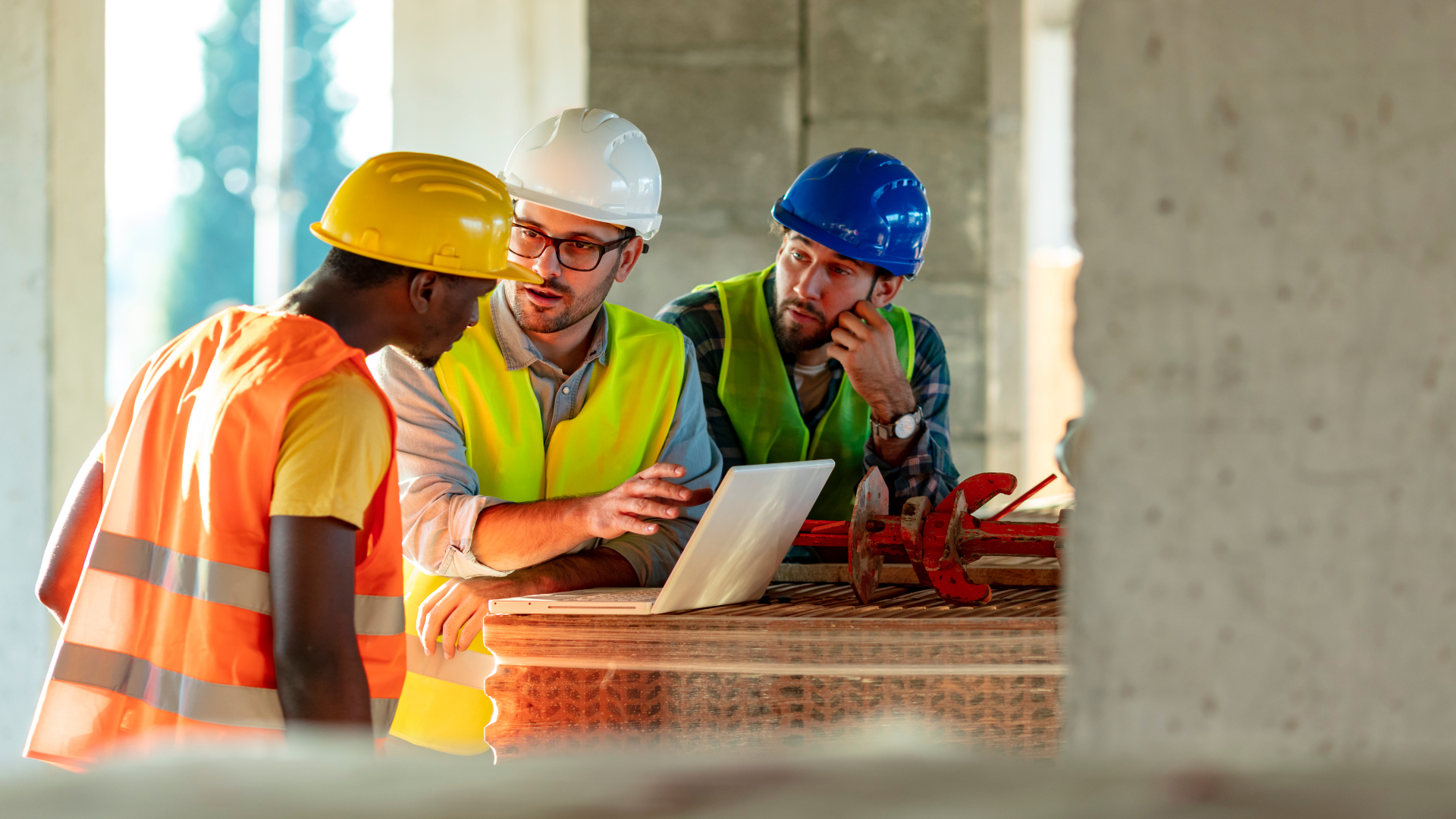In a sector characterized by tight budgets, strict timelines, and increasing complexity, the ability to work efficiently and cost-effectively is paramount. It’s not just about cutting costs—it’s about optimizing processes, reducing waste, and creating value for clients, all while maintaining high-quality standards.
Efficiency in construction refers to the optimal use of resources—time, labor, and materials—to achieve project goals. An efficient construction process minimizes waste, reduces delays, and ensures that tasks are completed on schedule. On the other hand, cost-effectiveness is about delivering the best possible outcomes at the lowest possible cost. It involves strategic planning, careful budgeting, and value engineering to ensure that every dollar spent contributes to the project’s objectives.
The following sections explore practical, actionable tips to enhance efficiency and cost-effectiveness in your construction projects.

Detailed Planning And Scheduling
Meticulous project planning and scheduling form the bedrock of efficiency and cost-effectiveness in construction. They provide a roadmap for the project, outlining each phase, task, and resource allocation, which helps avoid costly delays and resource wastage. When planning and scheduling are done right, they ensure that the right tasks are carried out properly, preventing rework and downtime and saving time and money.
Here are some practical tips to enhance your planning and scheduling efforts:
1. Start Early: Begin planning as soon as the project is conceived. Early planning allows more time for revisions and accommodations for potential changes or unforeseen obstacles.
2. Regular Reviews: Conduct regular plan and schedule reviews to identify and rectify deviations early, preventing potential delays and cost overruns.
3. Communication: Ensure clear communication of the plan and schedule to all team members to ensure everyone understands their tasks, deadlines, and how their work fits into the overall project.
4. Contingency Planning: Incorporate buffers for unexpected delays or changes to keep the project on track even when unforeseen challenges arise.
Successful planning and scheduling require a proactive, flexible, and communicative approach.
Embracing Technology
Harnessing the power of technology is vital to driving efficiency and cost-effectiveness in construction. From streamlined project management to advanced design solutions, various tech tools can significantly enhance productivity, reduce errors, and cut costs.
Notably, construction cost management software has emerged as a powerful tool for financial control and efficiency. It provides real-time visibility into project costs, enabling teams to track expenses, forecast future costs, and compare estimated versus actual costs. The software facilitates precise budgeting, preventing cost overruns and helping maintain profitability.
Building Information Modeling (BIM), software is another game-changer. By generating comprehensive 3D models of a project, BIM allows for better visualization, collaboration, and error detection in the design phase, leading to less rework and cost-saving during construction.
Integrating these technologies into construction processes can yield substantial benefits, but it requires a strategic approach and ongoing training to ensure effective utilization.
Investing In Quality Equipment And Materials
Quality materials and equipment play a crucial role in the longevity, performance, and overall success of a construction project. While they may come with a higher upfront cost, investing in quality can lead to significant savings in the long run.
High-quality materials typically have better durability and performance, reducing the need for frequent repairs or replacements. They can withstand harsh conditions and wear and tear, extending the structure’s lifespan and maintaining its aesthetic appeal over time. Similarly, quality equipment reduces downtime due to breakdowns or malfunctions, increases efficiency, and ensures safer and more consistent results.
To make smart investments in this area, consider the following tips:
1. Do Your Research: Understand the materials and equipment best suited for your specific project. Look at durability, performance, maintenance requirements, and user reviews.
2. Work With Reputable Suppliers: Choose suppliers known for quality and reliability, especially if you need to purchase used heavy equipment. They should also offer good after-sales service and warranties.
3. Invest In Regular Maintenance: Proper care and maintenance of equipment can extend its lifespan and maintain its performance, leading to long-term cost savings.
Remember, in construction, quality is not an area to cut corners. The investments you make now can pay dividends in the future.
Effective Communication And Coordination
Communication and coordination lie at the heart of efficient and cost-effective construction. With multiple stakeholders involved – from architects and engineers to general contractors and suppliers – clear, timely communication is critical to ensuring everyone is aligned with the project goals, tasks, and schedules. This alignment prevents misunderstandings and mistakes that can lead to delays, rework, and additional costs.
Coordination ensures that various tasks and processes are well-synchronized, avoiding clashes and ensuring a smooth workflow. Good coordination can minimize idle time, optimize resource utilization, and enhance productivity.
Here are some suggestions for improving communication and coordination in construction projects:
1. Regular Meetings: Conduct frequent team meetings to discuss progress, address issues, and keep everyone updated. This applies to both on-site meetings and remote check-ins.
2. Defined Roles And Responsibilities: Make sure everyone understands their role and responsibilities. This clarity reduces overlaps and gaps in tasks and enhances teamwork.
3. Open Culture: Encourage a culture of openness and feedback. This ensures issues are raised and addressed promptly, avoiding costly mistakes and disputes.
Remember that successful construction projects are built not just on bricks and mortar but on effective communication and coordination.

Founder Dinis Guarda
IntelligentHQ Your New Business Network.
IntelligentHQ is a Business network and an expert source for finance, capital markets and intelligence for thousands of global business professionals, startups, and companies.
We exist at the point of intersection between technology, social media, finance and innovation.
IntelligentHQ leverages innovation and scale of social digital technology, analytics, news, and distribution to create an unparalleled, full digital medium and social business networks spectrum.
IntelligentHQ is working hard, to become a trusted, and indispensable source of business news and analytics, within financial services and its associated supply chains and ecosystems










